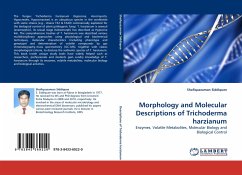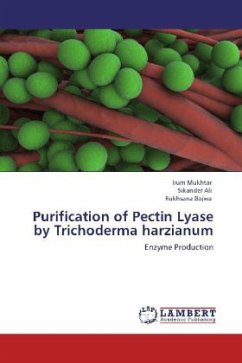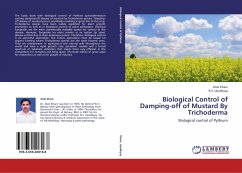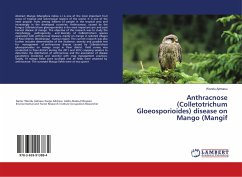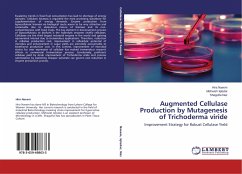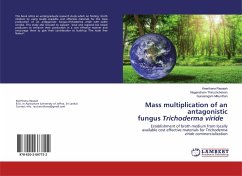The fungus Trichoderma harzianum (Hypocrea, Ascomycota, Hypocreales, Hypocreaceae) is an ubiquitous species in the worldwide with some strains (e.g., strains T32 & FA30) commercially exploited for the biological control of plant pathogenic fungi. T. harzianum is asexual (anamorphic), its sexual stage (teleomorph) has described as Hypocrea lixii. The comprehensive treaties of T. harzianum was described various multidisciplinary approaches using physiological and biochemical techniques, molecular characteristics (including phenotype and genotype) and determination of volatile compounds by gas chromatography mass spectrometry (GC MS), together with classic morphological criteria, to disclose the authentic species of T. harzianum. This book inside unique study tools have widely helped such as researchers, professionals and students gain sundry knowledge of T. harzianum through its enzymes, volatile metabolites, molecular biology and biological activities.

